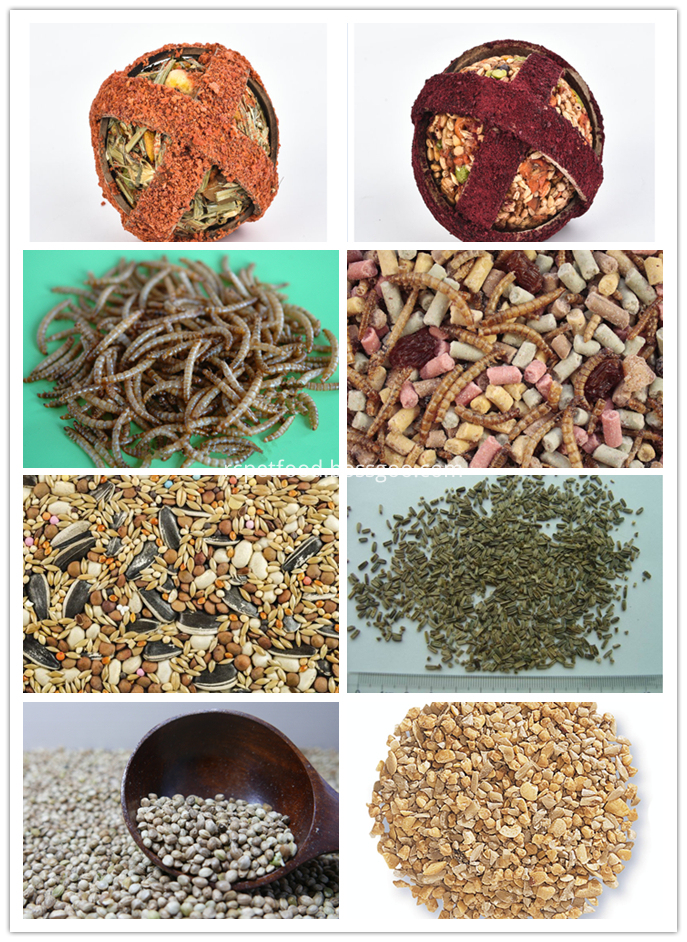In general, the insect-resistant cotton had a slow growth and development in the early stage, a rapid growth after flowering, and individual growth and development and cotton field growth in the flowering and ringing period were at or above that of conventional cotton. In addition, the insect-resistant cotton usually has more bolls per plant, less shedding, reproductive growth, and prone to premature aging in the late period of bolling. According to the characteristics of insect-resistant cotton, pay attention to the following points when growing: 1. The interplanted insect resistant cotton intercropping system has relatively low resistance to the older larvae such as Helicoverpa armigera, and its resistance to insects is stronger in the early growth period and weakened in the later period. When interplanting with crops such as soybeans, watermelons, and vegetables, the cotton bollworm will spawn, hatch, and feed on these crops, grow and transfer to cotton to continue the damage. Therefore, insect-resistant cotton should avoid interplanting with crops such as soybeans, watermelons, and vegetables. In addition, insect-resistant cotton should be concentrated and planted. 2. The film is properly planted in response to the characteristics of early development of insect-resistant cotton, and mulching film is promoted to accelerate the growth and development of cotton. At the same time, the planting density should be appropriately increased to 4000-4300 plants per acre, and the row spacing should be appropriately relaxed. 3. In addition to early buds, young buds from early buds may have more buds and early buds may reduce unnecessary nutrient consumption. Generally in the middle and early June, 4 to 6 flower buds (in the lower 4 fruit branches) are removed from each plant, or 2 to 3 fruit trees are directly removed. In addition to the late buds, they are usually carried out at the end of July or early August, and the upper fruit branches or chemical caps are destroyed. 4. Before the control, the post-protection policy was promoted to master the principle of “pre-promoting, central control, and post-protectionâ€. The bud period uses 0.8 to 1 grams per mu for shrinkage, 25 to 30 kilograms of water for spraying, and 1.5 to 2 grams of water and 30 to 50 kilograms of water per mu for the first flowering period, and 3 to 50 kilograms per mu for the flowering period. 4 grams, add 50 to 60 kg of water to spray, control ineffective buds. 5. Early application of fertilizer application fertilizer should generally be increased by 10% to 30% than conventional varieties, of which 60% to 70% of the total nitrogen fertilizer for base fertilizer and bud fertilizer, 30% to 40% for flower bell fertilizer. The bud fertilizer and flower and bell fertilizer were applied to buds and flowers early in advance. According to the growing trend in the late period, it is suitable for applying top dressing fertilizer and foliar spray fertilizer to prevent premature aging. Insect-resistant cotton is more sensitive to phosphorus and potassium fertilizers. Based on the application of nitrogen fertilizer, phosphorus and potassium fertilizers should be added. The ratio of nitrogen, phosphorus and potassium should be 1:0.4-0.5:0.6-0.7. Phosphorus and potassium fertilizer application period is good in the previous period. 6. The comprehensive pest control insect-resistant cotton is only resistant to lepidopteran pests such as cotton bollworm, but not to other pests, and should be used for normal control of cotton aphid, red spider mite, cotton thrips, and cotton blind otter. The cotton bollworm on insect-resistant cotton should also adopt a comprehensive prevention and control strategy based on its occurrence. “One generation, two generations of control, three generations of strict governance, and four generations of treatment must be selected†to control the damage in the current year and reduce the overwintering base number. The control index of Helicoverpa armigera was: the second generation of Helicoverpa armigera had more than 25 young larvae (1 to 2 years old) and more than 15 larvae over 3 instars. The third and fourth generations of Helicoverpa armigera had more than 20 young larvae. More than 10 larvae above age. Chemical control should be promptly implemented to meet the control targets, but BT emulsions must not be used to prevent pests from developing drug resistance.
The bird food is made of best material.like grains,Purple Sweet Potato,mealworm, pumpkin seed ,linseed and so on.all of these are contain high protein and various of nutrition.The best quality bird food can make the birds more strong and the feather more colorful and shiny.Besides,we can do it with OEM,we ll try our best to meet our customes.

Bird Food
Bird Food,Organic Bird Food,Purple Sweet Potato,Dried Mealworm For Bird
shijiazhuang roc cattle pet food Co.,Ltd , http://www.rcpetfood.com
